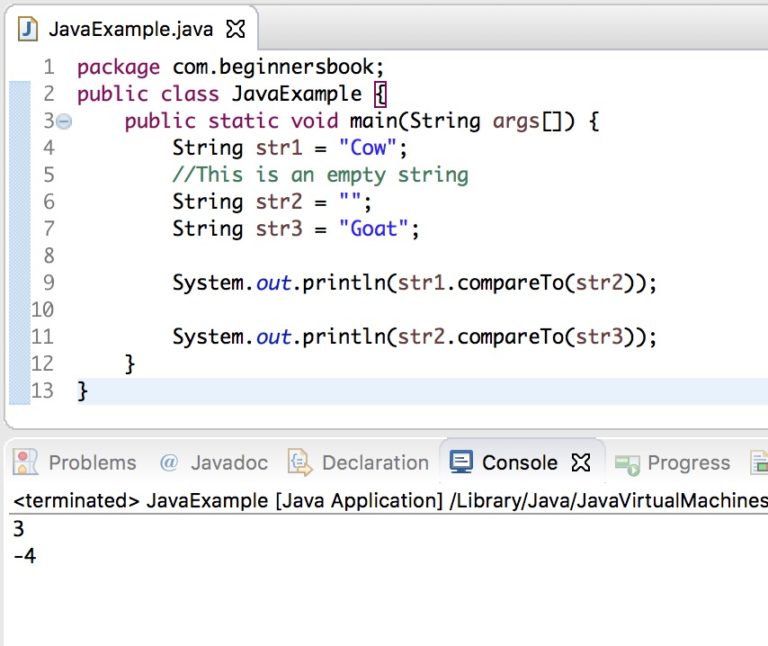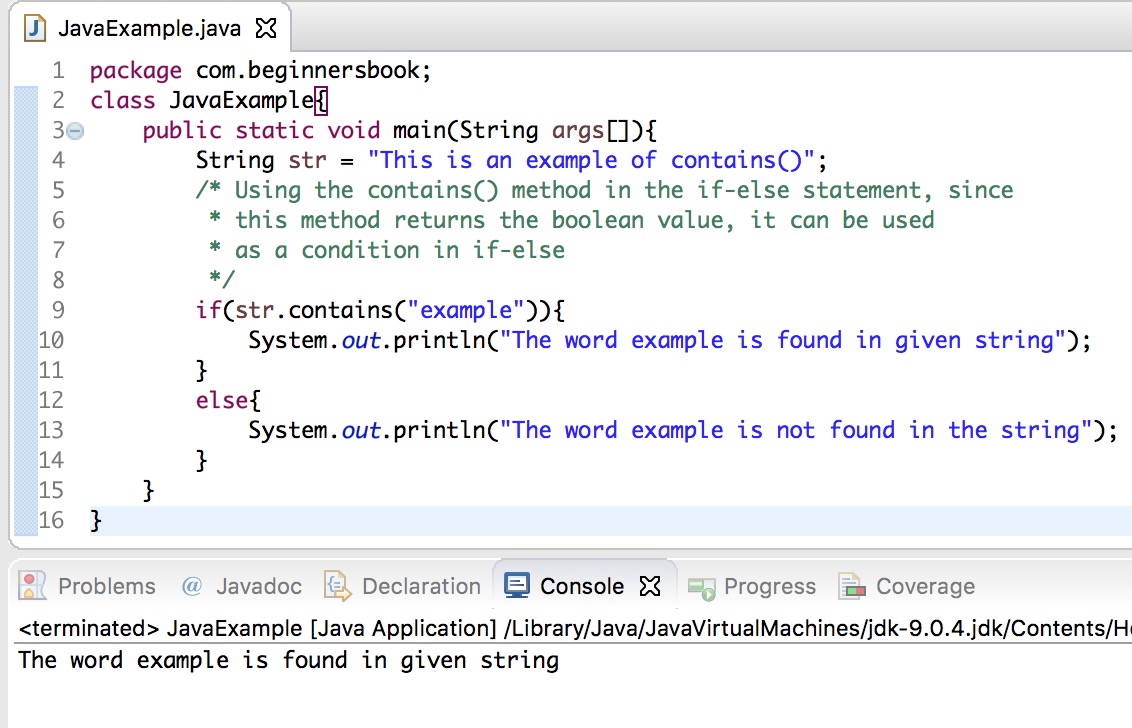
Two letters outputs the hour and minute, without a colon, such as ‘+0130’. One letter outputs just the hour, such as ‘+01’, unless the minute is non-zero in which case the minute is also output, such as ‘+0130’. Offset X and x: This formats the offset based on the number of pattern letters.
Java convert string to date from different formats full#
If the count of letters is four, then the full name is output. If the count of letters is one, two or three, then the short name is output. Zone names(z): This outputs the display textual name of the time-zone ID. Zone ID(V): This outputs the display the time-zone ID. Spark - sql > select date_format ( date '', "LLLL" ) January spark - sql > select to_csv ( named_struct ( 'date', date '' ), map ( 'dateFormat', 'LLLL', 'locale', 'RU' )) январьĪm-pm: This outputs the am-pm-of-day. Month from 1 to 9 are printed without padding. There is no difference between ‘M’ and ‘L’.

Month: It follows the rule of Number/Text.Otherwise, the sign is output if the pad width is exceeded when ‘G’ is not present. If the count of letters is less than four (but not two), then the sign is only output for negative years. For parsing, this will parse using the base value of 2000, resulting in a year within the range 2000 to 2099 inclusive. For printing, this outputs the rightmost two digits. If the count of letters is two, then a reduced two digit form is used. Year: The count of letters determines the minimum field width below which padding is used. Spark supports datetime of micro-of-second precision, which has up to 6 significant digits, but can parse nano-of-second with exceeded part truncated. įor formatting, the fraction length would be padded to the number of contiguous ‘S’ with zeros. Otherwise use the Number rules above.įraction: Use one or more (up to 9) contiguous 'S' characters, e,g SSSSSS, to parse and format fraction of second.įor parsing, the acceptable fraction length can be. Number/Text: If the count of pattern letters is 3 or greater, use the Text rules above.


There are several common scenarios for datetime usage in Spark:ĬSV/JSON datasources use the pattern string for parsing and formatting datetime content.ĭatetime functions related to convert StringType to/from DateType or TimestampType.įor example, unix_timestamp, date_format, to_unix_timestamp, from_unixtime, to_date, to_timestamp, from_utc_timestamp, to_utc_timestamp, etc. Datetime Patterns for Formatting and Parsing


 0 kommentar(er)
0 kommentar(er)
